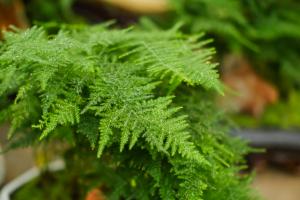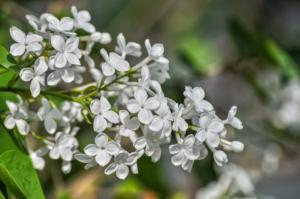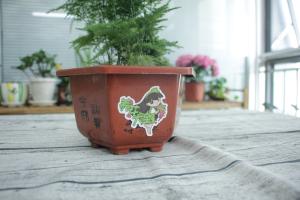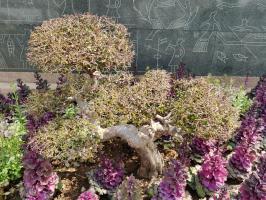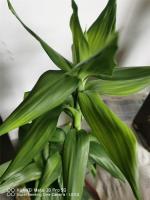1、 Curing method
1. Temperature: it likes to be warm very much, so it can be kept at 15 to 25 degrees. In addition, its cold resistance is not particularly good, so it's best to adjust it in winter. Generally speaking, it's safer between five and ten degrees
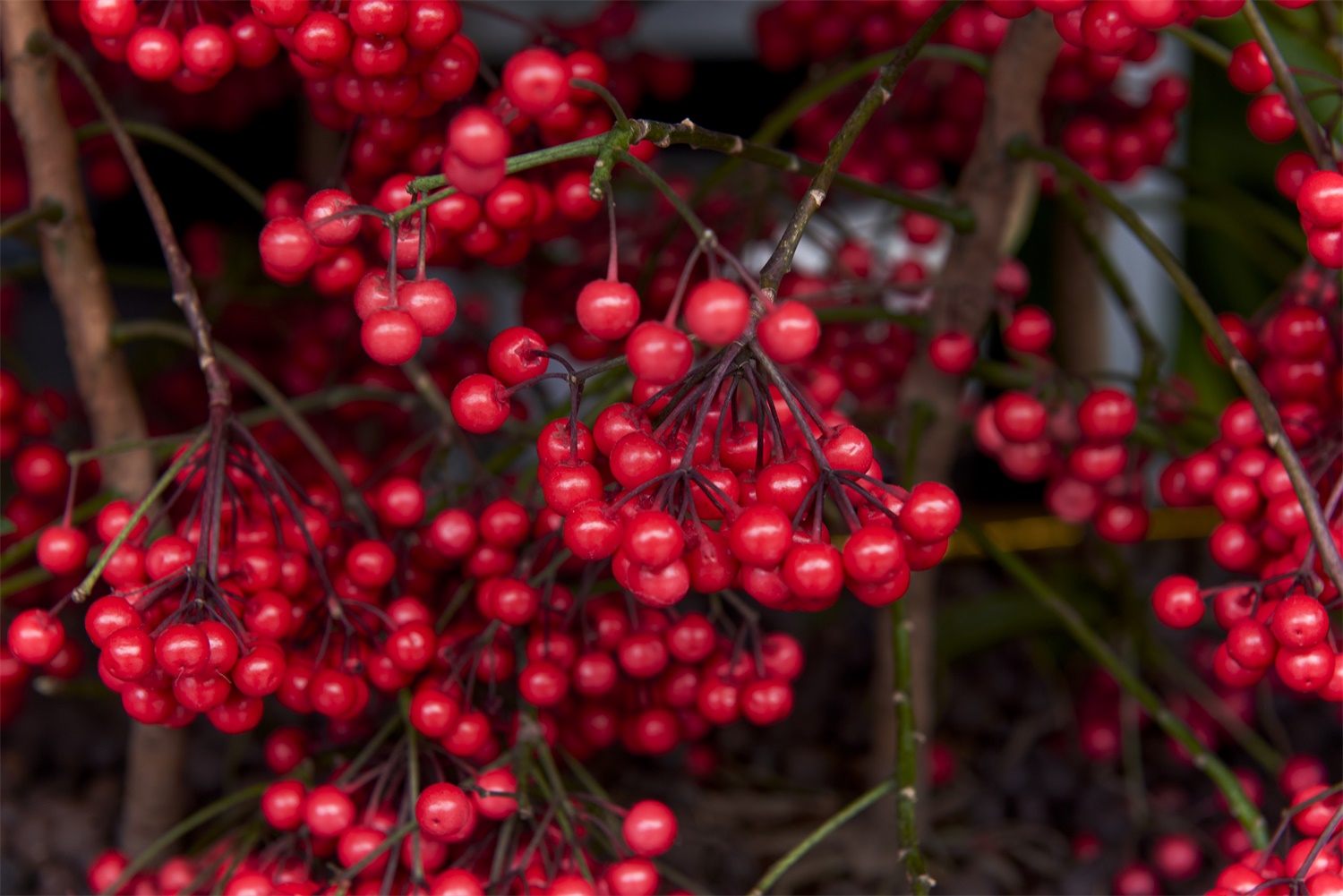
2. Light: rich seeds like a semi cloudy environment, neither too dark nor strong light. Therefore, it is necessary to shade in summer, and the shading degree can be 60-80% as far as possible. In other seasons, it can be placed in a place with slight astigmatism to facilitate its growth
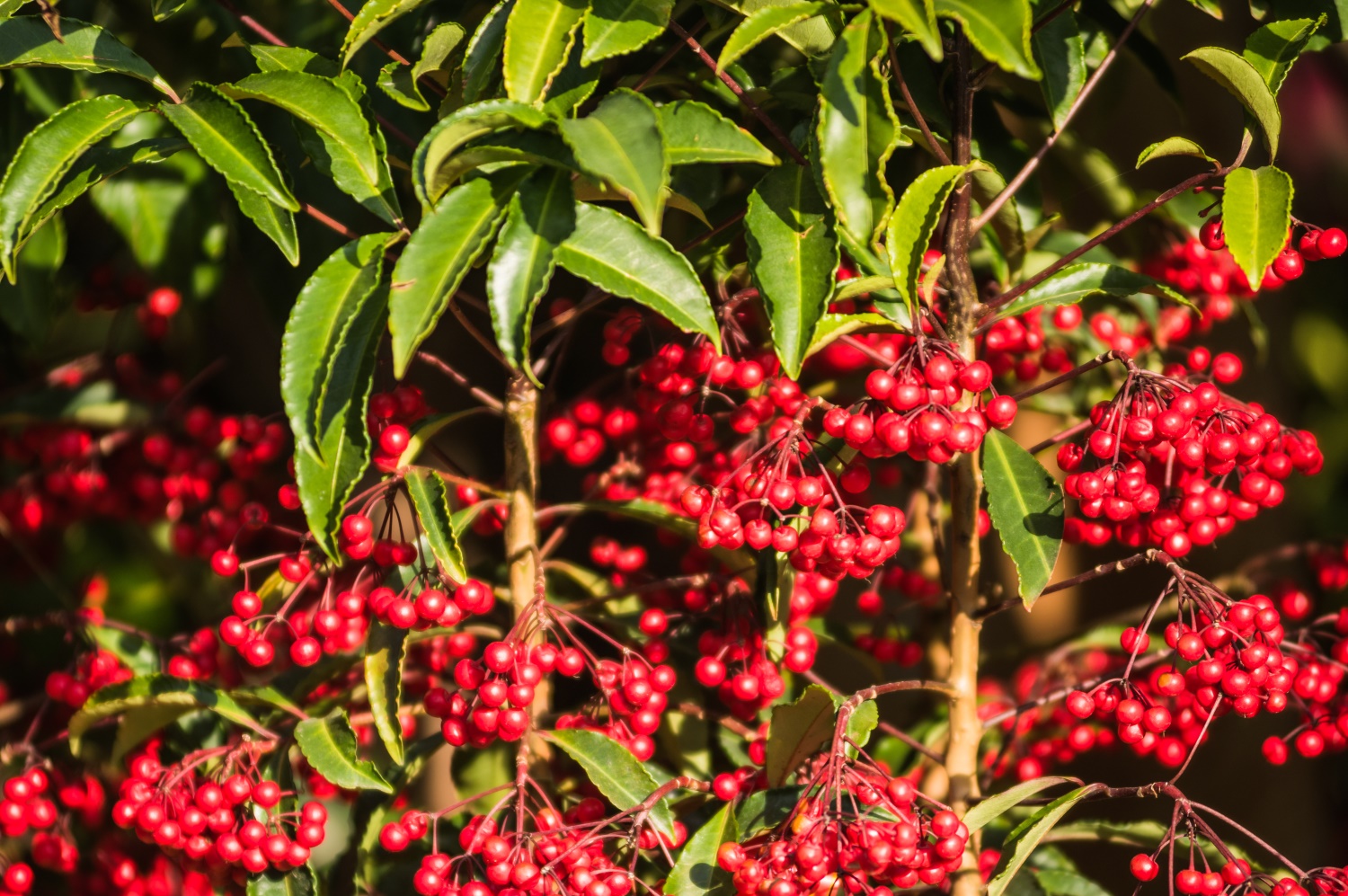
3. Watering: from spring to autumn, it is a prosperous season, so it needs to supplement water in time. In addition, in summer, it is also necessary to spray some fog water on the surrounding environment and leaves in time, and more ventilation is needed
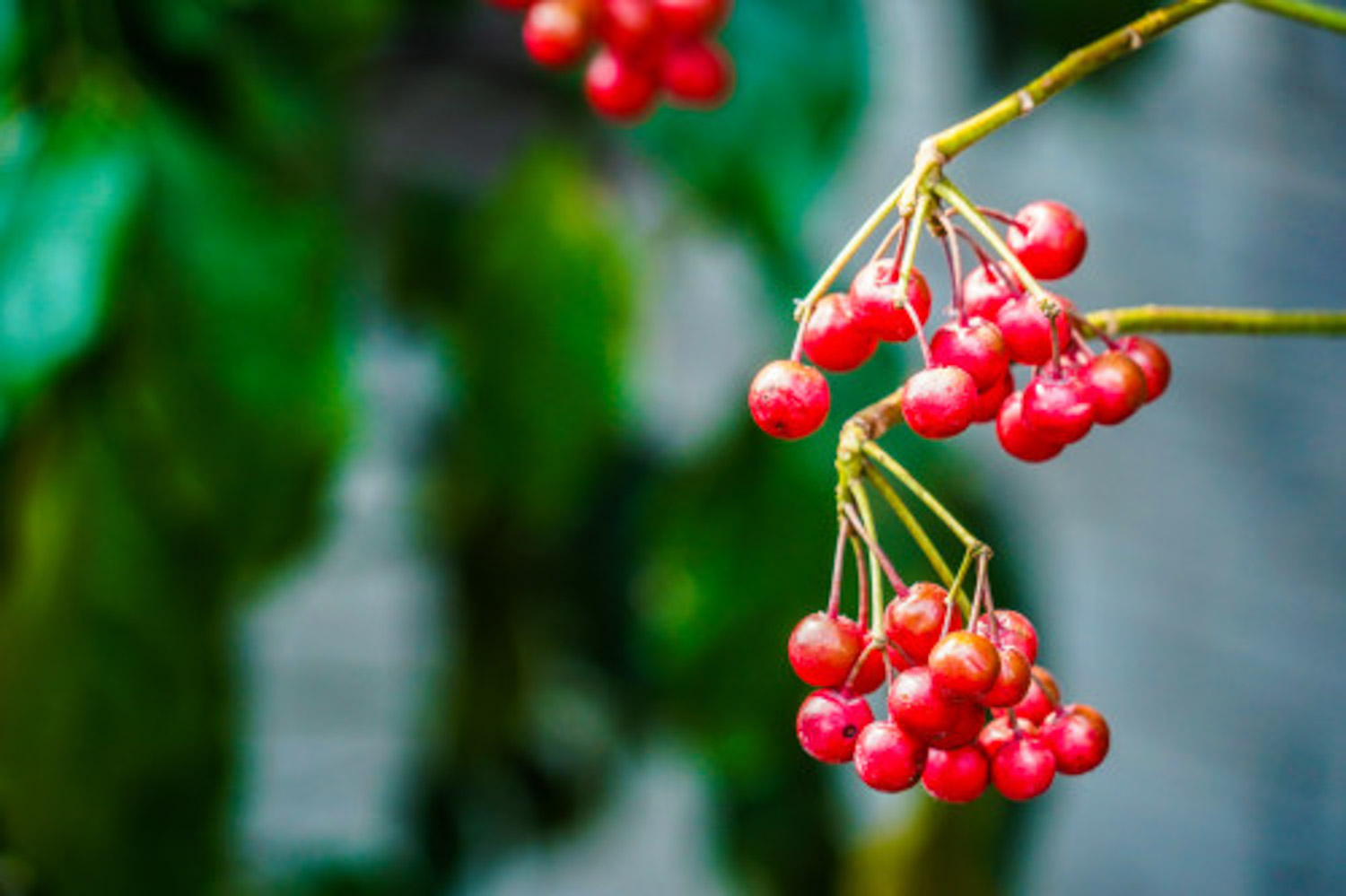
4. Fertilization: when rich seeds need more fertilizer, it is also from spring to autumn. During this stage, fertilization can be carried out once every two weeks. Thin fertilizer is needed, not too thick

2、 Breeding skills
1. Reproduction: sowing method is commonly used. Because the seed coat of its seed is relatively hard, it is not easy to germinate. Therefore, before sowing, soak some with warm water, so that they will germinate more easily. Loose soil is selected as the matrix. The method of "drill sowing" or "sowing" can be adopted. After sowing, keep it wet and the temperature should be about 25 degrees. It will sprout in about a month

2. Change basin: try to change it once a year. It is more appropriate to change it in March and April in spring. It can be prepared with humus soil, garden soil and pond mud. No matter what preparation method, pay attention to the requirements of ventilation, drainage and fertility

3、 Diagnosis and treatment problems
1. Disease: the probability of disease occurrence is not too high. There may be "root rot", which is easy to get when the rain is concentrated in summer. It can be treated with metalaxyl and oxazolin. "Leaf spot" may also occur, and the diseased leaves need to be properly treated while spraying

2. Insect pests: there may be "bridge building insects", "heart eaters" and so on, which will eat the leaves. Insecticides can be used to eliminate them, which can be used three or four times in succession

4、 Other issues
1. Toxicity: it has no toxicity and has medicinal value

2. Whether it can be raised at home: Yes, it has good appreciability and no harm


 jackfruit
jackfruit snake plant
snake plant hibiscus
hibiscus hydrangea
hydrangea lavender
lavender Green roses climb al...
Green roses climb al... If you don't pay att...
If you don't pay att... Management of four g...
Management of four g...
